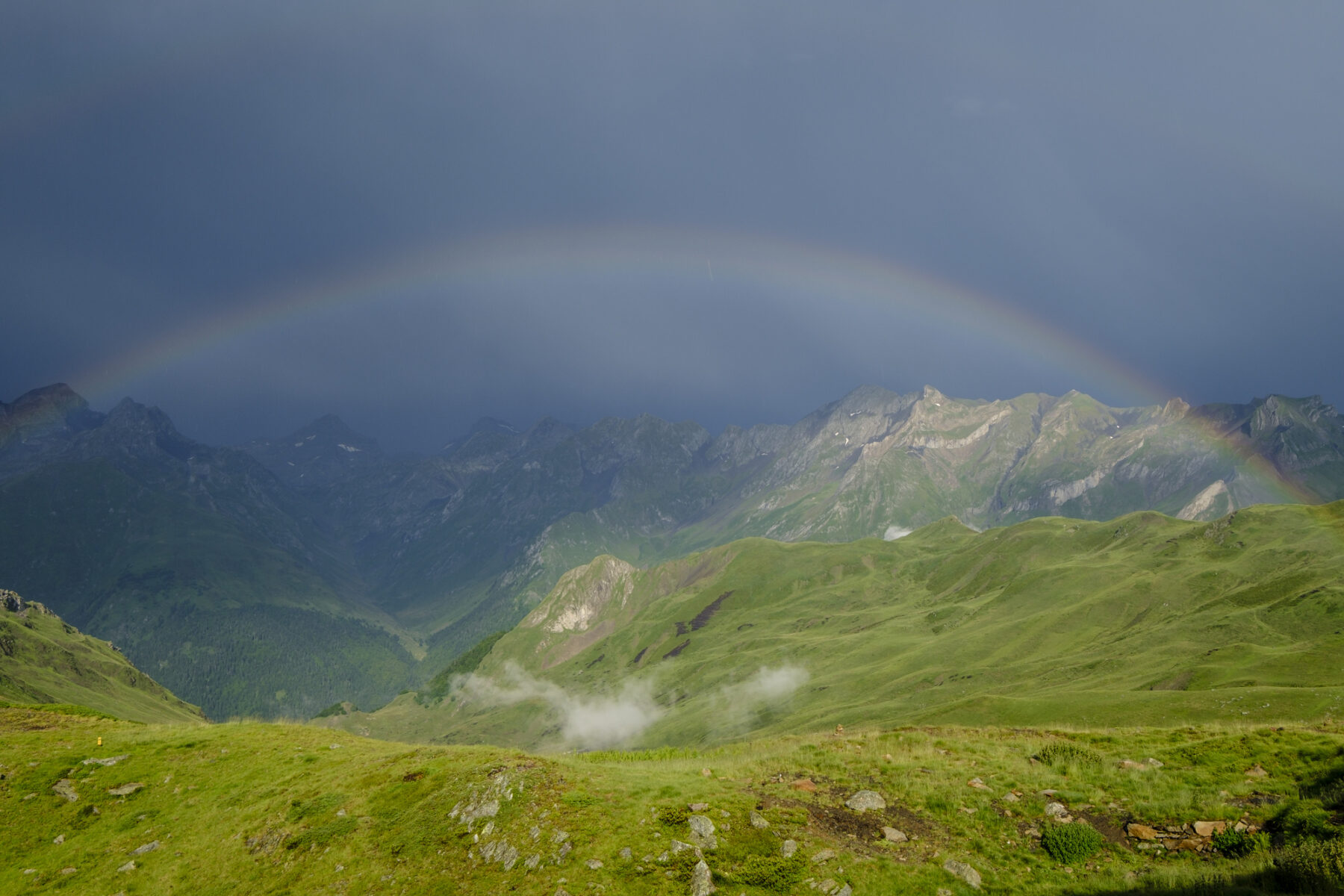The international community has made progress in its quest to protect 30% of the Earth by 2030but progress must accelerate, according to a report from the United Nations Environment Program (UNEP) World Conservation Monitoring Center and the International Union for Conservation of Nature (IUCN) published this Monday.
The report Protected planet 2024 reveals that 17.6% of the world’s land and inland waters and 8.4% of the world’s oceans and coastal areas are in protected and protected areas. The increase in coverage since 2020 therefore corresponds to more than double the size of Colombia. But in both areas it is less than 0.5%.
This leaves a land area roughly the size of Brazil and Australia combined, and an area of the sea larger than the Indian Ocean, to be designated as a protected area by 2030. In other words: Over the next six years, the global network urgently needs to expand by 12.4% on land and 21.6% in the ocean.
The biggest progress since 2020 has been in the oceans, but in national waters. In areas outside national jurisdiction, coverage remains very low, representing less than 11% of the total area covered by marine and coastal protected areas. And this despite the fact that the high seas cover 61% of the ocean.
“Today’s landmark report shows that some progress has been made over the past four years, but we are not moving far enough or fast enough», stated the Executive Director of UNEP.
However, Inger Andersen indicated that major efforts are being made at the national level with 51 countries and territories already having more than 30% coverage on land, and 31 countries and territories at sea. “These achievements show that we still have time to correct the shortcomings and make protected and protected areas the enormous resource for people and nature that they should be,” he said.
The world also falls short in the quality and coverage of protected and conserved areas
In addition, new data suggests that the world is also falling short in the quality and coverage of protected and conserved areas. According to UNEP, protected and conserved areas are vital places for both nature and people.. They play a crucial role in stopping and reversing biodiversity loss. They also provide important cultural, spiritual and economic benefits and provide ecosystem services that help protect the planet for humanity’s future.
However, the report emphasizes that data is insufficient to fully measure and understand the effectiveness of these areas. Less than 5% of the global land area is covered by protected areas where management effectiveness has been evaluated. In the marine area this figure is 1.3%.
In addition, They are not always located in the places that need the most conservation. Only a fifth of the areas identified as most important for biodiversity are fully protected.
Biodiversity is also not fully represented in protected and conserved areas, meaning species and ecosystems are unevenly conserved..
Indigenous people are marginalized
There is little evidence that protected and protected areas are fairly governed. Governance assessments have only been reported for 0.2% of coverage on land and less than 0.01% at sea.
Less than 4% of the coverage is controlled by indigenous peoples and local communities, although indigenous and traditional areas cover at least another 13.6% of the global land area.
“It is essential to support indigenous peoples to act as stewards of their lands, and to listen to and value their voices and knowledge. The data in this report will help inform decisions to keep the 2030 target alive and achieve lasting positive outcomes for people and nature,” said IUCN Director General Grethel Aguilar.
30% of protected areas in 2030
In December 2022, the Parties to the Convention on Biological Diversity (CBD) agreed to conserve 30% of the Earth’s land and seas by 2030. This commitment is known as Goal 3 of the Kunming-Montreal Global Biodiversity Framework.
To this end, the Parties to the Convention have committed themselves to preserving nature through protected and protected areas, including those that allow sustainable use of resources, recognizing indigenous and traditional areas.
Governments are committed to ensuring that these zones are effective, well located, connected, fairly governed and law-abiding human rights. The report is the first official assessment of global progress toward that goal since the report’s adoption Kunming-Montreal Global Biodiversity Framework.

